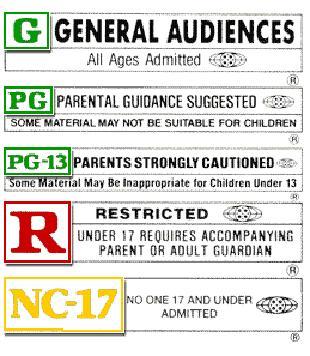
As I sat in the theater last weekend waiting for my screening of The Purge to begin, the strangest thing happened... Three little children, ranging in age from probably five to eight years old, wandered into the theater. As a responsible and concerned parent myself, I worried that they had mistaken this theater for the one showing Epic, so I began to rise from my seat and direct them back to the lobby, when something even stranger happened... Their father entered and directed them to their seats. Then he left the theater, which just about made me jump out of my seat, but it turned out, he was just headed to the concession stand, as he returned several minutes later with popcorn and goodies.
Now, I write all of this as someone who accompanied his mother to films like Nightmare on Elm Street 4-6, Pet Sematary & Graveyard Shift, but there is a fundamental difference between the horror films of yesterday and today, which I'll explore in more detail a bit later. The biggest and most immediate flaw that needs fixing, however, is the ratings system in The United States that allows deadbeat parents to bring their young children to such films, rather than seeking out a babysitter like any responsible parent should. Let's delve into the history of the ratings system and then discuss further why it's fundamentally flawed and needs to be revamped sooner rather than later...
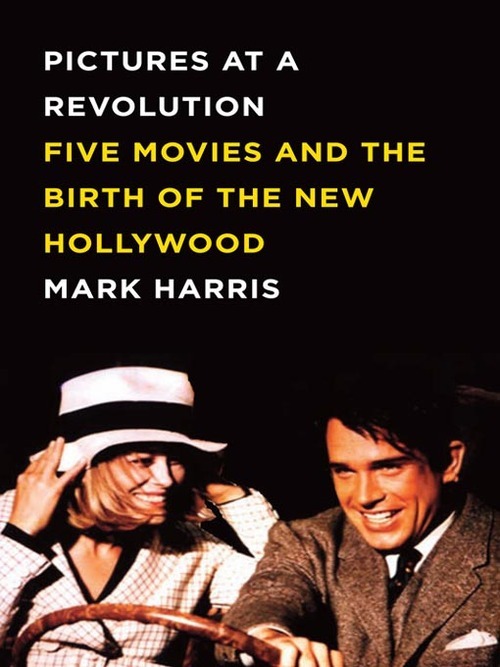
The MPAA, or Motion Picture Association of America, introduced its film ratings system back in 1968. The book "Pictures at a Revolution" by Mark Harris, gives a wonderfully detailed history of the impetus for this change, but a lot of it was spurred by the influx of European films such as Antonioni's Blow Up, Godard's Vivre Sa Vie, and Truffaut's Jules & Jim.
In the halcyon days of early motion pictures, there was this thing called The Hays Code, adopted by the US Government in 1930, which dictated the kinds of things allowed to be portrayed in motion pictures, but more importantly, it read like a laundry list of behaviors and scenarios which had no place on theater screens across the country. There were, in fact, 36 things that were absolutely forbidden to be depicted on screen. You can find a detailed list of them here, but it included such things as: "White slavery," "Ridicule of the clergy," "sedition," and even "a man and a woman in bed together."
Since European filmmakers were not beholden to this code, their films featured things like an implied menage a trois (Jules & Jim), prostitution (Vivre Sa Vie) and *gasp* nudity (Blow Up). As these films made their way to the States, it was apparent that our country was not long for The Hays Code, and American films like Bonnie & Clyde and The Graduate were already incorporating themes forbidden by the code. Jack Valenti, then President of the MPAA, established our current ratings system (G, PG, R & X) to help people stay better informed of the content of the films being released.
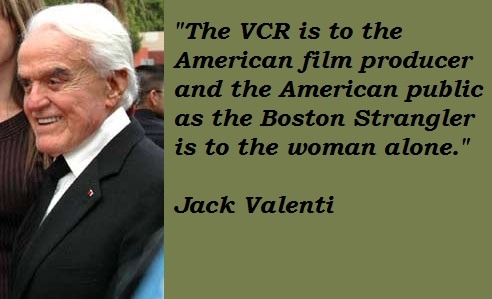
There have been only two changes to the current ratings system in the 45 years since its inception. In the 1970s, as pornographic films began to rise in popularity, the X rating, which used to connotate adult only content that was inappropriate for children, began to have a stigma around it, and was almost never used until the MPAA replaced it in 1990 with the (ultra rare) NC-17. Then in 1984, on the heels of extremely popular but questionably PG rated films like Gremlins & Indiana Jones and the Temple of Doom, the MPAA created the PG-13, now the most popular rating for films being released, to indicate that the film was not quite appropriate for children under 13, but not harsh enough to merit an R rating.
The flaws of this system should be inherently obvious. If there is a designation between PG & R, there must also be a designation between R & NC-17. The NC-17 rating has virtually as bad a stigma attached to it as the X did in the 1970s. It's so rare because most theatre chains (AMC, Regal, Cinemark) refuse to show them at their theaters, so most studios will choose to skirt the MPAA altogether and release their films "unrated."
But how can they possibly do this? Well, the worst kept secret in all of Hollywood is the fact that the MPAA ratings system is entirely "voluntary." The MPAA themselves boast of this on their own website. But our corporate movie releasing structure, in which films must play in large multiplexes in order to make any money, dictates that any film playing in a chain theater (such as the ones mentioned above), must carry a rating from the MPAA. It's a catch-22 if ever there was one, but anyone that thinks that Hollywood isn't a business first and foremost is just fooling themselves.
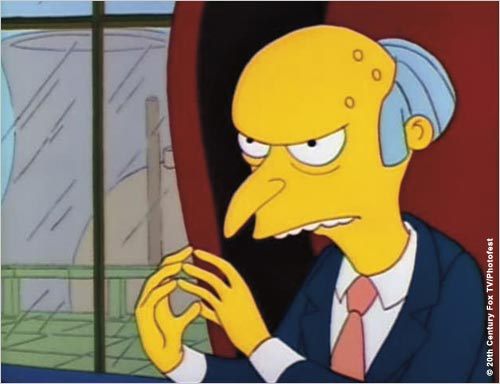
So why does this system suck so much, and why does it need to be revamped and/or replaced? The biggest issue is that it's almost thoroughly unenforceable. In the day and age of the multiplex, children or teenagers can buy a ticket to any movie and then sneak in to see the one they actually want to see. This is an American pastime, one that dates back to before the time my step-brother and I bought tickets to see Crocodile Dundee 2 and then snuck into the theater showing Rambo 3 instead. The only time I remember actively seeing any theater employees checking people's tickets to an R-rated film outside the door of the theater was when South Park: Bigger, Longer & Uncut was released in the summer of 1999. In the age of understaffing to boost profits, however, this policy just won't fly like it used to.
Let us then take a look at the ratings system adopted by our neighbors across the Atlantic. The BBFC (British Board of Film Classification) has a much better system that they use, in which they adopted a rating system that includes a 15 rating, in which no children under 15 are admitted to a film, period. They have a stricter 18 classification (same thing, only no one under 18 admitted), but this 15 rating better encompasses what an R-rating in America should be. This prevents deadbeat parents who don't want to spring for a sitter, or even worse, those that think it's perfectly fine to bring their kids to the latest torture porn horror film opening at number one in the US.
More information on their system can be found here, and while this system is by no means infallible, at least it tries harder than the blanket statement in the R-rating in America "under 17 requires accompanying parent or guardian." At the very least, it turns people like this away at the box office, and while there are myriad ways to get around this, it's at least an attempt to curb this sort of behavior from parents who are either brain dead or clueless.
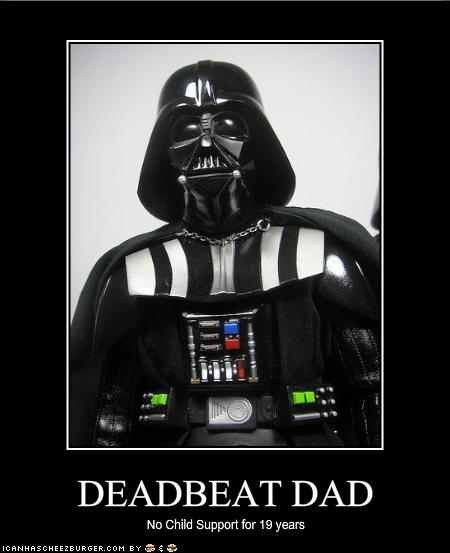
But, elitist movie snob, you say aloud, isn't the onus really on the parents then? Why yes, of course it is, and parents should take a more active role in deciding which films are right for their children to see, but if there's going to be a ratings system in place, it needs to be geared towards the lowest common denominator. It needs to be a system where it's less of suggestion that you "shouldn't" take your kids to see a certain film, and more of a requirement that you "can't" take them. It certainly doesn't help matters that the ratings board classifies films such as Saw, Eyes Wide Shut and The Devil's Rejects, that no child should see, under the same rating umbrella as films like The King's Speech or Schindler's List, which more mature children and teens would benefit greatly from seeing.
The age old criticism of the MPAA is that they have a puritanical sensibility when classifying films with sexual content (Shame was slapped with an NC-17) but turn a blind eye to excessive gore and violence (the brutally nonsensical Evil Dead remake from a few months ago). An additional rating, similar to Britain's 15 classification, might help to soften some of this, and give high school sophomores a chance to see films they might otherwise get turned away from. If nothing else, it would at least be a step in the right direction, and I think it's been long enough (23 years) since the system has been changed in any way, for it to be revamped once again.
I am in no way, shape or form advocating censorship, but as long as this ratings system is in place, it needs to function better than it currently does. Roger Ebert was a longtime advocate of overhauling the system, and one of his more recent articles (found here) is eloquently stated and should be read and forwarded to everyone you know that cares about this sort of thing. There is also a fantastic documentary by filmmaker Kirby Dick titled This Film is Not Yet Rated that attempts to expose the hypocrisy in place over at the MPAA, and I would likewise recommend it for further exploration of this topic.
I know there are a ton of international readers on this site, and I hope that this at least sheds some light on the plight of moviegoers here in America and you found it to b e an interesting read, but this last piece I am directing to our American readers. We must act. We must bring about change, or nothing is ever going to get better. There was a petition circulated last year that garnered over 200,000 signatures in an attempt to get the MPAA to reconsider its R-rating of the documentary Bully. While it ultimately reached a dead end, and the Weinstein Company edited the film to get a PG-13, this sort of deplorable behavior on the parts of the MPAA, the theater chains and the studios needs to stop.
Here is a list of addresses for your local chapter of the MPAA. Write them a letter. Let them know you're upset and demand a change, otherwise it's never going to happen. They will tell you that they have bigger fish to fry, what with piracy and all that, but they need to know that they have a bigger problem on their hands right here in America, where they can actively do something to fix it.
Photos via [1, 2, 3, 4, 5]
I think much of this problem might be rectified if somebody would explain to the damn theatre chains that NC-17 is not an X rating.
ReplyDeleteIF the Chains would get behind that rating as an option, then you wouldn't have things like Evil Dead getting an R, and the NC-17 wouldn't be a problem for things like Shame.
It's all so ridiculous.
I do end up being of two minds....
ReplyDeleteI saw a LOT of R rated films before I was 17, but I also had a deep, abiding interest in film, and I think my parents recognized that early. When I wanted to see ROBOCOP, it wasn't just to giggle at boobies and blood. The first R-rated film I recall seeing was WITNESS actually, with my parents, who did become somewhat uncomfortable during the bathing sequence, and that film is just adult, with very little "exploitative" content.
The real problem, in my mind, is that a lot of parents just don't seem give a rats ass what their kids see. I couldn't even fathom the thought process that led to the scene you describe. Re-working the rating system, unless you made it more restrictive, so that he just couldn't (and would the theatre employees even enforce it?), wouldn't avert that guy taking his kids to a disturbing horror film.
I think the system, as it is, CAN work - but you have to give all the ratings as a viable option (a non-kiss of death NC-17), and you have to make people care about the rating, and what is appropriate for their kids to see. Not just "I want to see this, and I got my kids this weekend, so they're coming too." YOu also have to have theatres on board with actually enforcing it.
Frankly, the MPAA can only control the former. And that's not even going to work without the latter two.
Yeah, it's an enforcement problem, to be sure, and there will always be people that will find a way around everything, but if we had a 15 rating similar to Britain's instead of an R, and it said absolutely no one under 15 admitted, it might go a long way toward curbing at least some of the problem. I'm sure this isn't confined to the Western Suburbs of Chicago, you know?
ReplyDeleteThey do need to figure out a way to work with the theater chains to remove that stigma from the NC-17 though if they're not going to change anything at all.
Honestly, I think they reject the NC-17 just because they don't want to enforce it.
ReplyDeleteMore than likely, that's 90% of it. But all I can think of is Don Cheadle in Ocean's 11 saying, "you had one job to do."
ReplyDelete